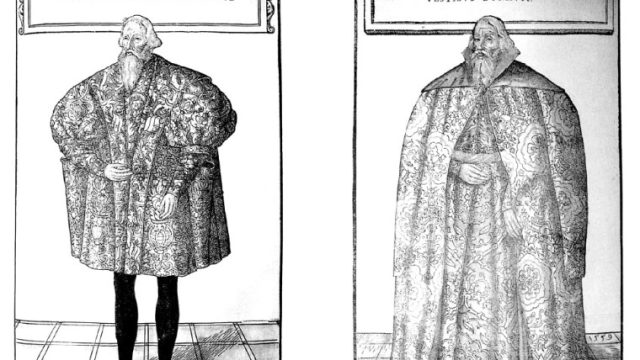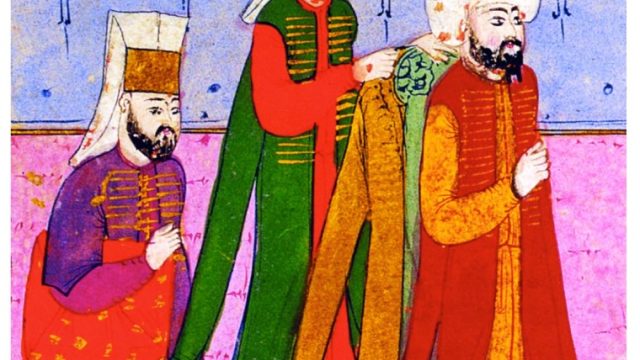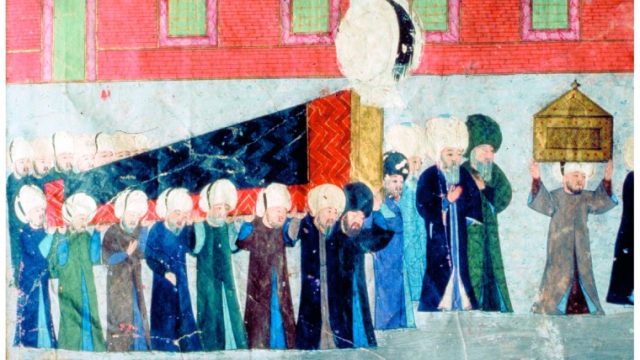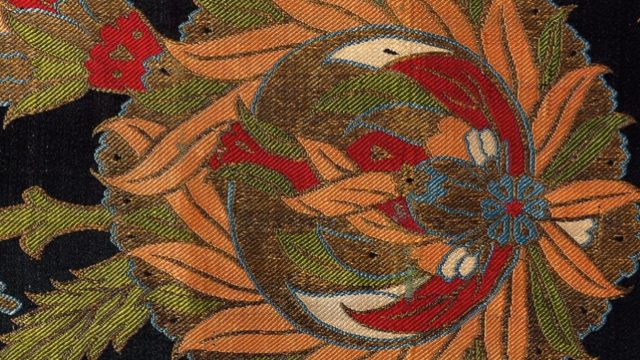“Style and Status: Imperial Costumes from Ottoman Turkey” was the first international exhibition devoted to sumptuous and graphically stunning imperial Turkish robes (kaftans) from the 16th and 17th century—the embodiment of the maxim that “clothes make the man.” This exhibition presented robes that dazzle with their audacious play of colors, bold designs, and rich finish.
At the core of the 68 objects on view was a group of opulent imperial robes from the Topkapi Palace Museum in Istanbul, Turkey, the largest repository of Islamic textiles in the world. Additional works were on loan from the Mevlana Museum, Konya, Turkey, the Hermitage Museum in St. Petersburg, Russia, and several national collections.
Broadly organized according to technique, the exhibition celebrated Ottoman artistic creativity and its success at transforming silk into the most potent and visible symbol of the empire’s power and wealth. Many of the robes were exhibited on custom-made mannequins that show off their full splendor. In addition to robes belonging to Sultan Selim (reigned 1512–1520), Sultan Suleyman (reigned 1520–1566) and his son Bayazid, who was executed in 1561, the exhibition included trousers, hats, cushion and floor coverings, as well as several large, inscribed textiles from the Topkapi’s renowned collection. Examples of ecclesiastic copes and chasubles made from Ottoman silks and velvets were also on display.






